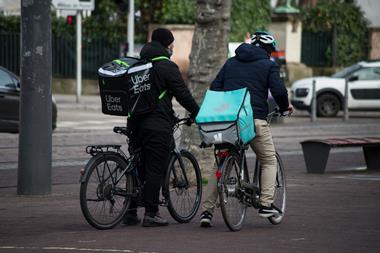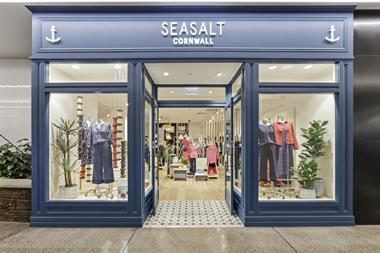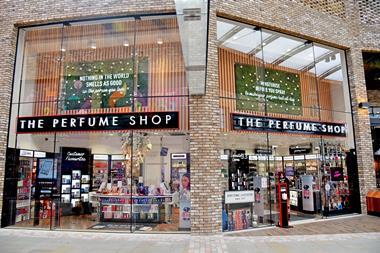As retailers continue to battle for their share of the customer wallet, PwC’s Claire Fox explains how retailers can use cost-cutting initiatives to raise funds for essential investments.
With the year ahead in retail looking like a battle for the share of wallet, retailers should be looking to invest in product ranges, pricing, staff and stores to win over the consumer.
However, these can require large investments, so retailers first need to free up finances by eliminating ‘bad costs’.
Cost reduction in retail is nothing new, particularly at this time of year when cash becomes king, but short-term savings will not allow long-term investment opportunities and revenue generation opportunities.
“To make a long-term impact, retailers should be looking at cost from the consumer’s perspective”
Cutting costs simply to fuel the bottom line at the expense of growing top-line sales could leave problems for the future, such as putting your brand promise at risk.
To stop the yearly cycle of cost reduction and creep, ‘cost consciousness’ needs to be ingrained into the business culture.
This is about not just deferring the costs but removing them entirely from the process and then right-sizing the cost base after any restructure or process change to make sure it matches the new organisation.
Improving cost-efficiency by thinking longer-term
Traditionally, we see retailers focus on ‘doing without’ and ‘doing better’ every year, to cut cost.
Usually, this means reducing visible costs such as discretionary spending (ie: travel, marketing) or headcount.
However, they should be looking for significant and sustainable savings through more restructuring of the cost base, ‘doing less’ and ‘doing differently’.
Retailers should focus on larger cost savings that may require more restructuring and think about the cost base in terms of good cost, bad cost and where the value comes from the costs accrued.
To make a long-term impact, retailers should be looking at cost from the consumer’s perspective.
Cost through the consumer lens
Short-term cost reductions that neglect the consumer or a brand promise could negatively affect a retailer in the longer term.
Those that are looking to reduce cost need to truly understand where they create value for the consumer – because consumers have a different viewpoint to the business.
There is a balance as retailers also need to consider what their workforce values, too. For example, training and development can be an obvious cost-reduction lever, but this needs to be considered with all costs as part of a sustainable approach.
Overall, retaining a loyal consumer and reducing staff turnover is often an effective long-term cost-saving in retail. Yet trade-offs often do need to be made.
“The better retailers understand their consumers, the better they can adjust cost accordingly”
Overall, retaining a loyal consumer is often an effective long-term cost saving in retail.
So, the better retailers understand their consumers, the better they can adjust cost accordingly.
There are numerous ways to have a cost lens and still deliver to the consumer. For example, ensuring a streamlined and efficient back office where the customer does not derive value.
To understand how to approach costs through a consumer lens – and for other strategies for successful cost reduction – make sure you download our Retail Outlook 2020.

Claire Fox is director operational restructuring at PwC
To find out more about what the retail sector might look like for the year ahead, and what retailers can learn from 2019, download Retail Outlook 2020. The report also looks at three specific areas of focus for retailers in 2020 – sustainability, cost reduction and property portfolio management – and how retailers can use these to differentiate themselves to drive share while balancing operating costs and investing in the future.






























